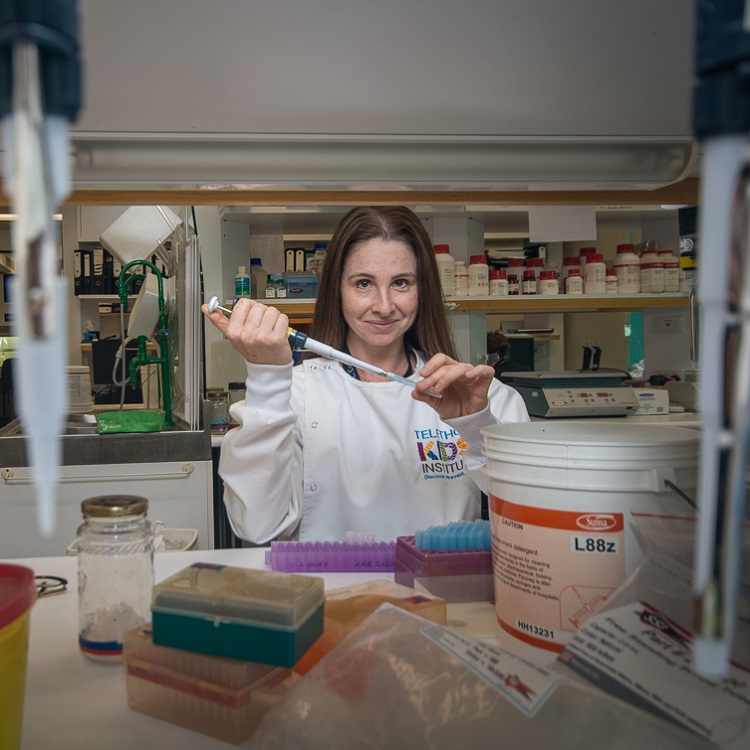Search
Research
Cellular and molecular mechanisms of vitamin D in food allergyEpidemiological evidence from the past decade suggests a role of vitamin D in food allergy pathogenesis
Research
The challenges of developing and optimising an assay to measure 25-hydroxyvitamin D in salivaWe have developed an LC-MS/MS assay that accurately measures saliva 25(OH)D3 levels, which correlated with serum levels

News & Events
Government funding for innovative sun safety online tool for teensThe Kids researcher Dr Shelley Gorman has received a Healthway grant to develop an online tool to promote safe sun behaviours to teenagers.

News & Events
Sun safe: balancing the risks and benefitsThe D-Light program, set up in 2014, aims to shed light on the amount of sun exposure that will promote good health in children and adolescents.
Research
Low serum 25-hydroxyvitamin D concentrations associate with non-alcoholic fatty liver disease in adolescents independent of adiposityThis paper examined the link between low serum Vitamin D levels and development of non-alcoholic fatty liver disease (NAFLD) in adolescents between 14 and 17...
Research
Novel drug targets for asthma and COPD: Lessons learned from in vitro and in vivo modelsThis paper is a review of potential novel therapeutic targets or tools for the treatment of asthma and COPD.
Research
Maternal vitamin D status during pregnancy and bone mass in offspring at 20 years of age: A prospective cohort studyThis longitudinal, prospective study investigated the association between maternal vitamin D status and peak bone mass of offspring in 341 mother and...
Research
What is the optimal level of vitamin D?: Separating the evidence from the rhetoricNew evidence indicates that both high and low 25(OH)D levels may be associated with increased health risks.
News & Events
Chronic lung disease link targeted in new research studyA link between chronic lung disease and low Vitamin D levels is the focus of a new study just started by the Telethon Institute for Child Health Research.
News & Events
The value of Vitamin DResearch has shown that vitamin D levels can have an impact on many aspects of a child's health, including lung growth, language development and eating patterns
